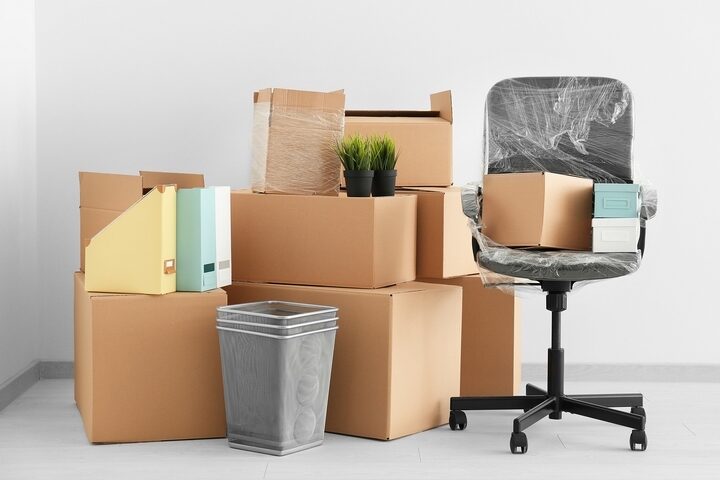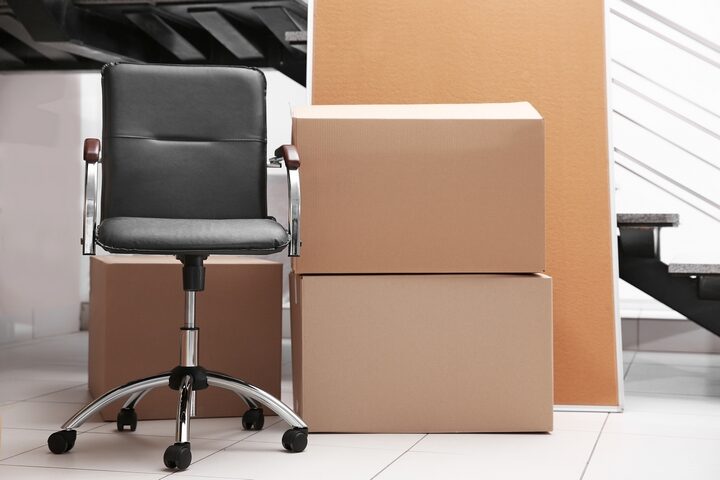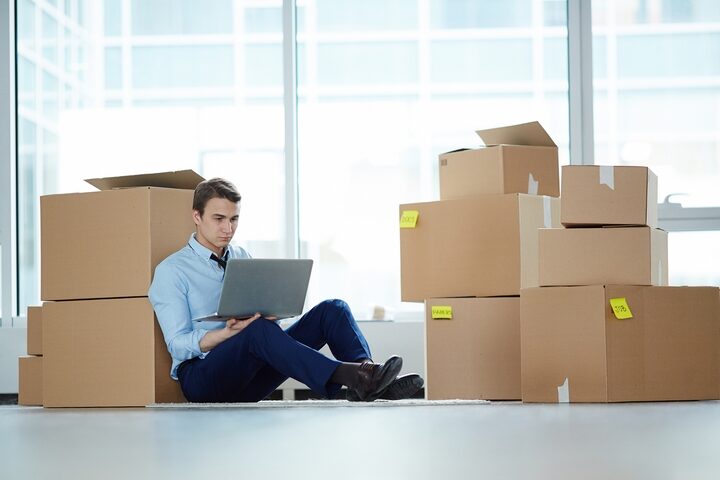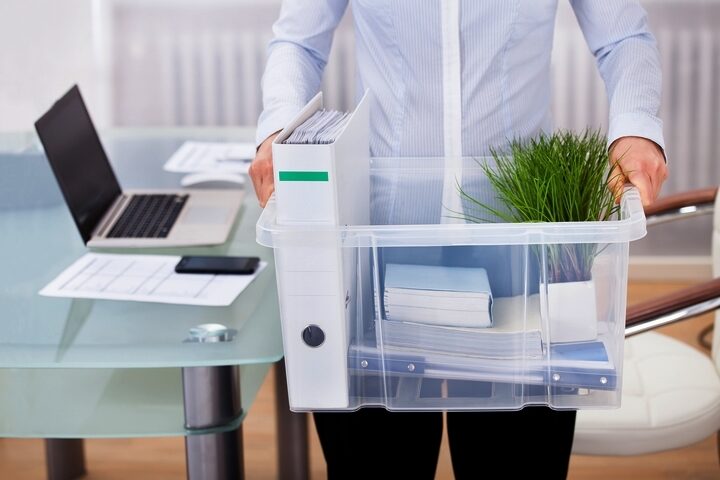
There is almost no task in life that is as physically laborious as moving. No matter how big or small the move is, you should be mentally prepared beforehand to ensure your success. This sentiment can be applied to the equipment and supplies within your office as well.
Safely and efficiently moving your office equipment is important for a number of reasons. For instance, if you are in a managerial position, you don’t want poorly-moved equipment to potentially injure a worker.
To avoid these potential ramifications, follow these tips to conduct moving of office equipment:
Step #1: Prepare

You can never be too prepared. This line of thinking applies to virtually any scenario in life, and is definitely applicable to the office as well. To maximize your efficiency prior to the moving of equipment, you will need to make a relevant blueprint.
Use a document to first outline all the supplies that need to be relocated. Then, make sure you have a section that denotes where these items will be moved to. This helps with organization, which in and of itself is pivotal to conducting a thorough move. Don’t forget to measure the relevant dimensions of each space that the supplies will go into!
Step #2: Scheduling

Moving office equipment differs from a home move for a variety of reasons. The most obvious reason? Business operations take place in the respective space. In order to mitigate the amount of disruption you and your colleagues will face, schedule the move beforehand.
This will ensure that each piece of equipment can be moved without difficulty, as well as allowing operations to go ahead as normal. The last thing you will want is having to delay an important meeting with a client, because of all the ensuing noise. Avoid peak hours, and your move will inevitably be successful.
Step #3: Long-Distance Moving

If, however, you plan on moving your office equipment to an entirely new space, it is vital to prepare even more. This entails making the necessary arrangements to move heavy supplies, such as a desk, via an applicable moving company. Hiring one of these services will take a heavy burden off your shoulders, allowing your company to deal with more direct matters.
When conducting a long-distance move, you’ll also want to ensure that all employees are assigned one or two tasks. By divvying up the workload, everyone will be able to settle into their new work space as rapidly as possible. You work in a team; having more hands than one allows the moving job to get completed faster.
In addition, look into storage containers as a possible solution. These containers allow you to store items like office furniture in a convenient location. Once you have completed the move, you can retrieve your belongings at the new location. It makes long-distance moving a much easier experience.
Step #4: Inform I.T.

Most modern-day companies are extremely dependent on technology, and, by extension, the internet. Some pieces of office equipment are technical, such as desktop computers and storage devices. The individuals who comprise your I.T. team will be required to know of the move in advance.
Once they are informed of this move, they will be able to adequately create a plan to move all relevant pieces of equipment. Don’t try to outsource this to a moving company either. The data from technical pieces of equipment need to be handled with care, to prevent an accidental loss from occurring. Losing your data, especially if it wasn’t backed up, can be a tremendous cost.
Step #5: Labelling

Most moving jobs will require one, critical piece of support; boxes. Fitting all your pieces of equipment, especially if they are delicate, into boxes requires its own amount of research. Get as many boxes as you can first, before deciding which apparatus will go in its respective box.
To maximize your efficiency, you’ll also want to add your labelled boxes to the document you have created prior. Make sure each box is labelled with the name of the office equipment stored inside, and designate a number to it. That way, you will know what is inside, and where it will go once the move is completed.
Step #6: Move The Less Important Supplies First

There is a specific reason why you should move non-essential office equipment first. Items, such as pens or office plants, won’t be needed on the first day back to work. Therefore, getting them out of the way first will allow you to concentrate on the more important items to be moved. Remember, organization is incredibly important!
Step #7: Paperwork

As long as all relevant paperwork has been filed first, you can move them inside a cabinet that is secure. There is no need to do more work than is necessary for your office equipment move. All other loose files should go inside a secure box.
Step #8: Address Change

If you are moving your office to a new space, you will have to ensure the company address is updated accordingly. This is for your own benefit, but also to inform clients of your new workplace. Avoid potential confusion as much as you can!
Conducting a successful move for your office equipment doesn’t have to challenging. The main idea is to stay organized. Once you have your blueprint, and respective boxes, you are well on your way!









